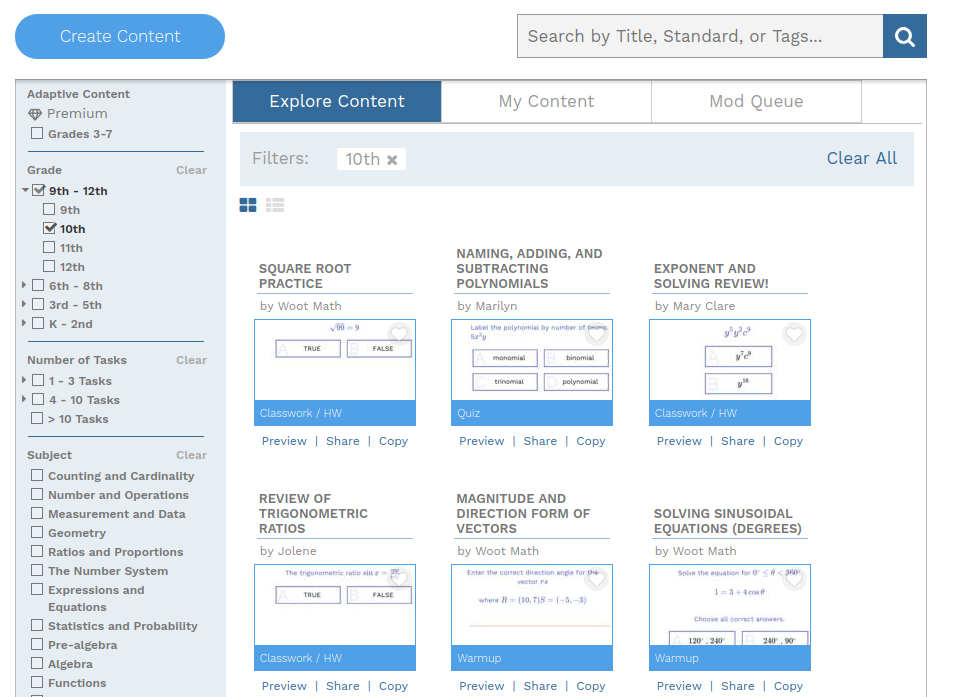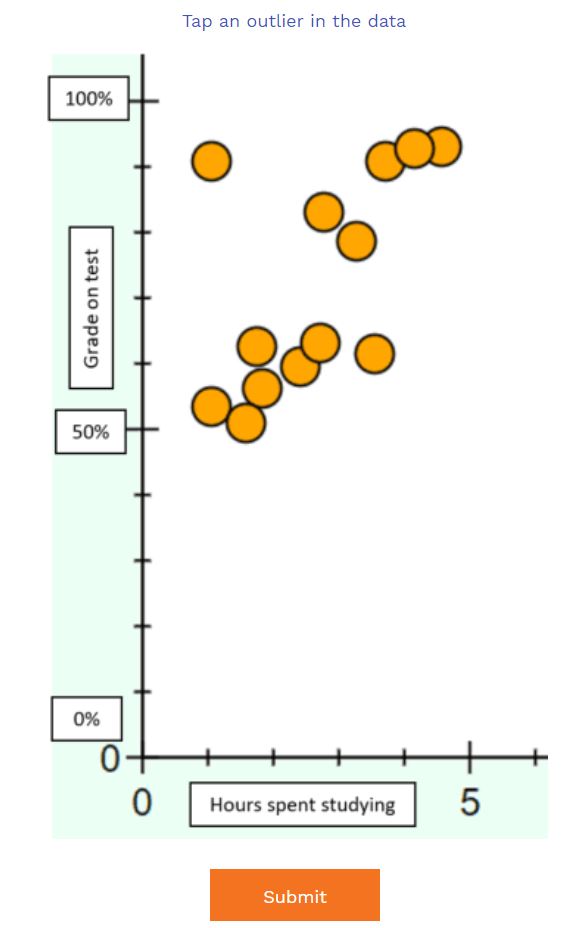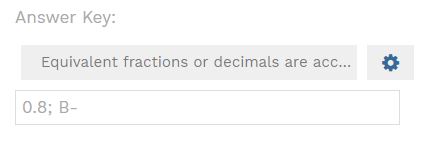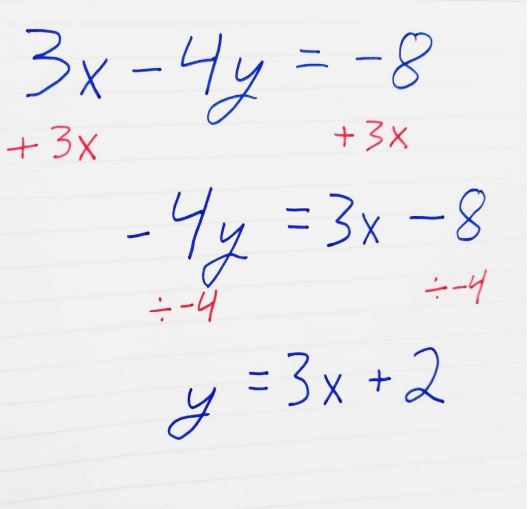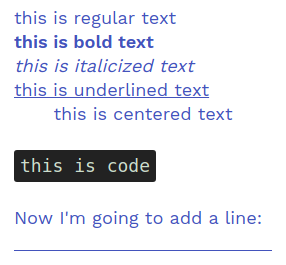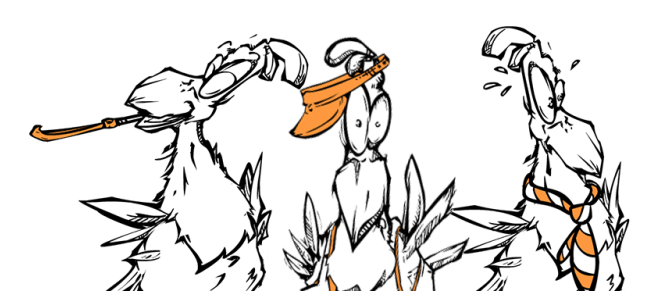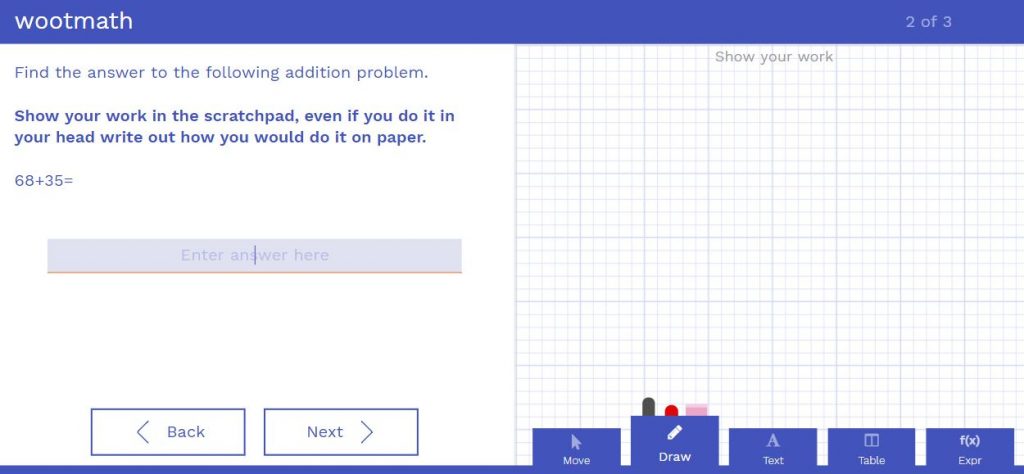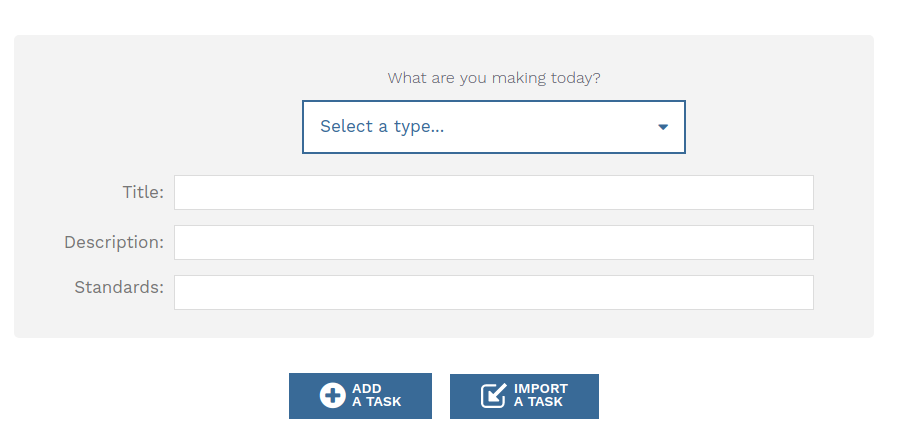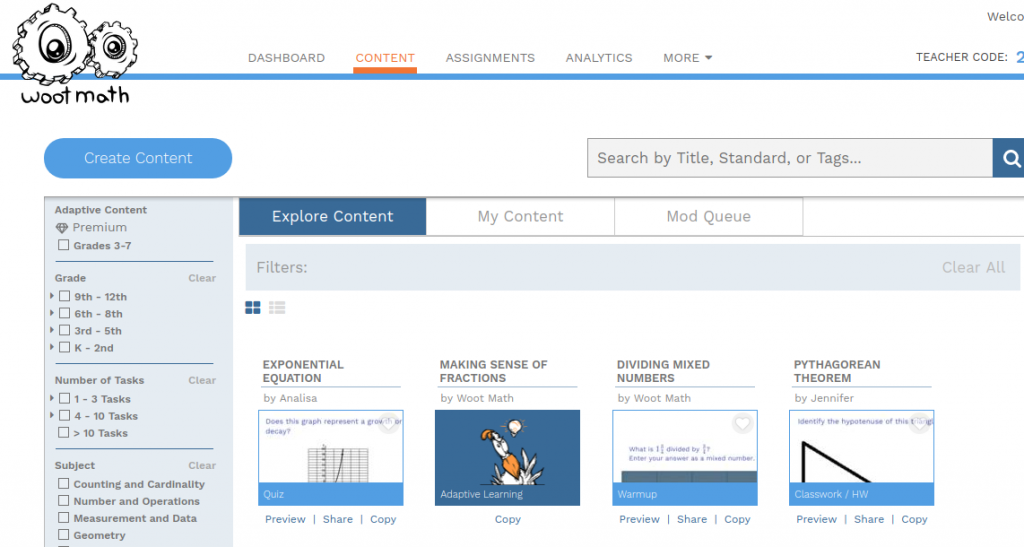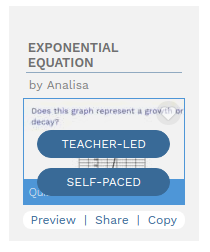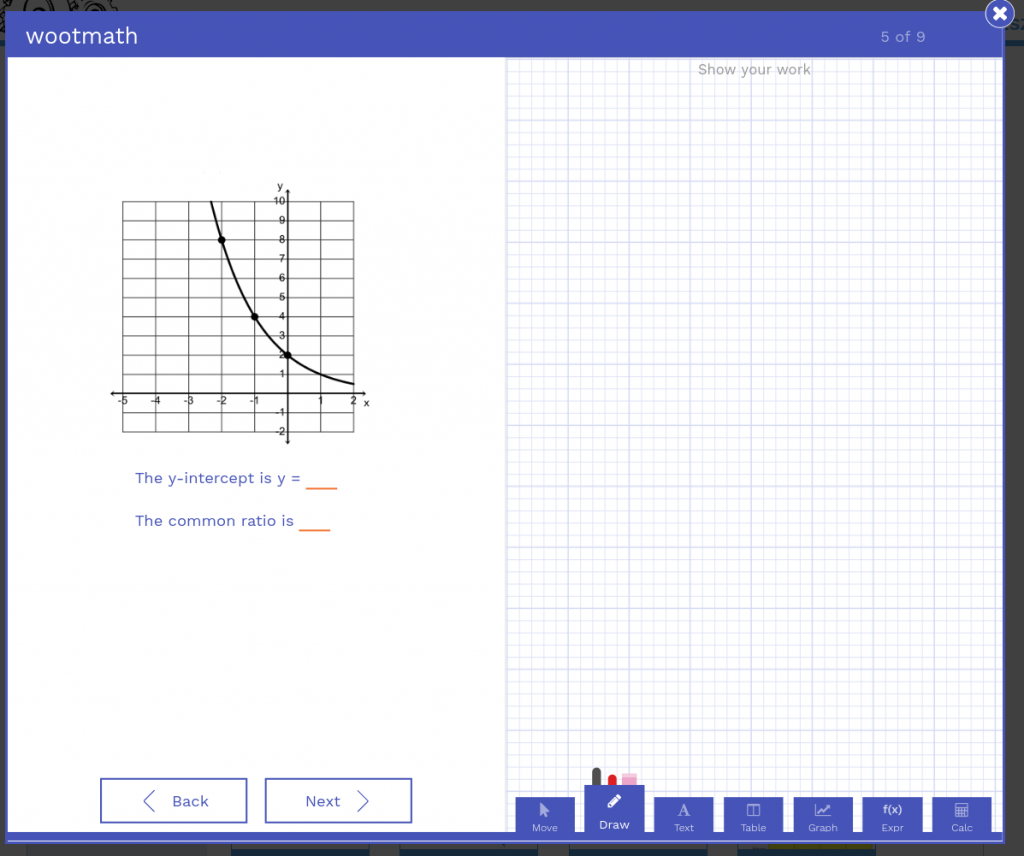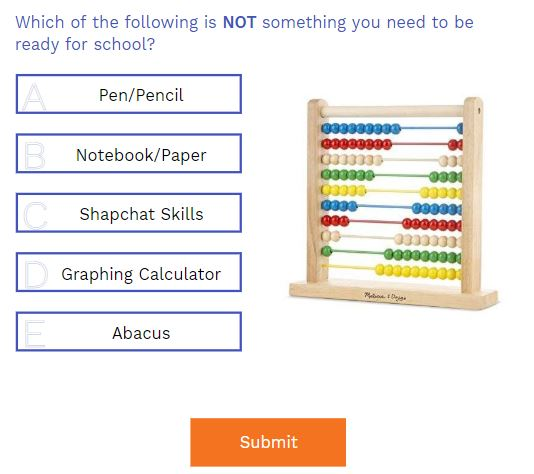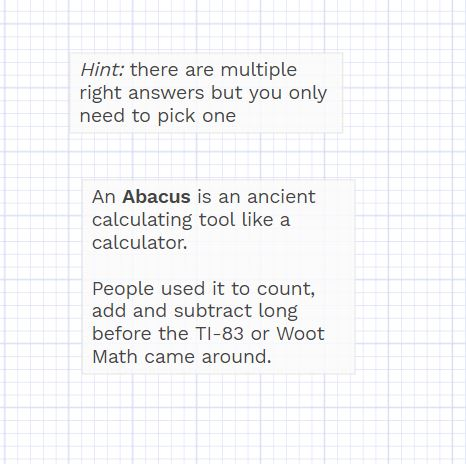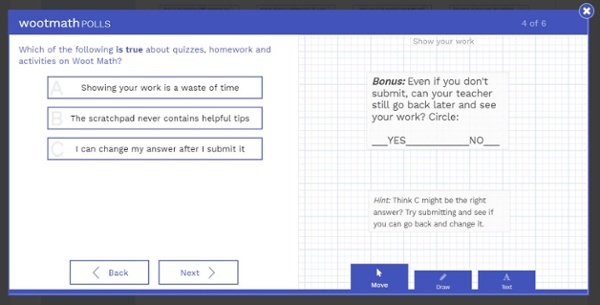Sometimes a small change can have a disproportionately large effect. In chaos theory this is called the butterfly effect (also a film with Ashton Kutcher that you probably forgot about until now). Here at Woot Math, we call it Save and Share. That’s right, a new feature was released that lets you copy any poll to your Woot Math account, even if it has not been approved by us yet. All you need is the link.
Imagine this scenario:
You’re on Twitter and notice someone made and shared a Woot Math warm-up activity that would be perfect for your class tomorrow, if only you could make a few changes first. Just there’s no time to wait, since class is tomorrow! (Woot Math screens all published polls for accuracy and appropriateness, you’re welcome!). Now, you can copy any poll that you have a link to preview, just click the save and share button in the upper right.

– Question 1 – Preview to get to Save and Share –
Then, click the save button and it will be copied into your Woot Math account. If you’re not logged in, a pop-up will prompt you to do so. Now the warm up is yours so you can make any changes you want (well, technically, it is an identical copy of it is yours, but let’s not split hairs).
This feature, although seemingly small, has lots of great applications. It allows you to collaborate on designing assessments with your department. The feature came as a request from one of our teacher partners, Rebekah Cook at Skyline High School, who was writing assessments with her math department colleagues and wanted to be able to share assessments quickly without waiting on them going public. Now she can make edits to Woot Math quizzes that her colleagues wrote, customizing them to her class. Thanks Rebekah for the great suggestion!
You can also now send assessments to your colleagues to re-align the content. If they’re a little behind or ahead of you in a unit they can add or remove problems. It also lets you edit a poll that has not yet been published. You can add language supports, hints or bonus problems to the scratchpad if you think students need more support/challenge.
We’d love to hear how you’re using the Save & Share button, leave a comment below or tweet @WootMath.
For more information on implementing Woot Math in your classroom, visit our page on Formative Assessment.
